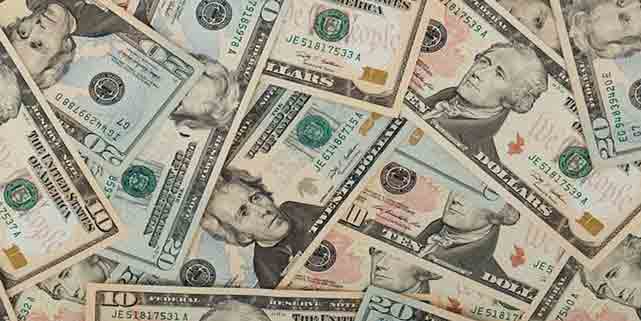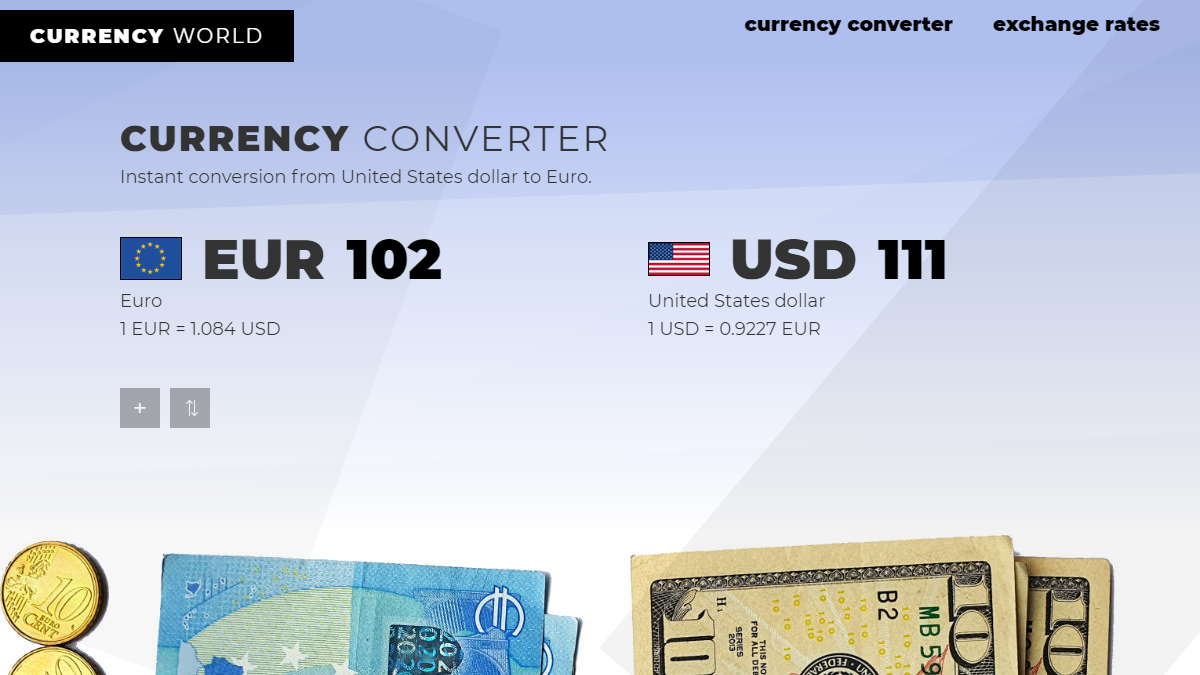
It provided changeover information to the public, including a pamphlet called Everyone's Guide to Decimal Currency. ĭecimalisation was overseen by the Irish Decimal Currency Board, created on 12 June 1968. The Decimal Currency Act 1970 made additional provisions for the changeover not related with the issue of coins. New coins were issued of the same dimensions and materials as the corresponding new British coins. The new five pence coin correlated with the old one shilling coin, and the new 10 pence coin correlated with the old two shilling coin. The pound itself was not revalued by this act and therefore pound banknotes were unaffected, although the 10 shilling note was replaced by the 50p coin. The Decimal Currency Act 1969 redefined the number of pence in the Irish pound from 240 to 100, with the penny symbol changing from "d" to "p". When the British government decided to decimalise its currency, the Irish government followed suit. The Report of the Metric System and Decimal Coinage Committee (1959) was amongst the first formal reports on decimalisation of the currency, discussion continued into the 1960s on the topic.

On, the name of the currency became the Irish pound. The name of the state became Ireland on the coming into force of the Constitution of Ireland on 29 December 1937. However, the pound sterling generally continued to be accepted on a one-for-one basis everywhere, whereas the Irish currency was not generally accepted in the United Kingdom. Distinctive coins and notes were introduced, the coins from 1928 (in eight denominations: ¼ d farthing, ½ d halfpenny, 1 d penny, 3 d threepence, 6 d sixpence, 1 s shilling, 2 s florin, 2 s 6 d half crown and in 1966 a 10 s coin) – all with the same dimensions as their British counterparts. As with sterling, the £sd system was used, with the Irish names punt (plural: puint), scilling (plural: scillingí) and pingin (plural: pinginí). De facto rather than de jure parity with sterling was maintained for another fifty years. The new Saorstát (Free State) Pound was defined by the 1927 Act to have exactly the same weight and fineness of gold as was the sovereign at the time, having the effect of making the new currency pegged at 1:1 with sterling.
IRELAND POUND TO US DOLLAR CONVERSION FREE
Second pound Saorstát pound įrom continuing to use sterling after independence (1922), the new Irish Free State brought in its own currency from 1928.

After 1826 some Irish banks continued to issue paper bank notes, but these were denominated in pounds sterling, and no more distinctly Irish coins were minted until the creation of the Irish Free State in the 20th century. The last copper coins of the Irish pound were minted in 1823, and in 1826 the Irish pound was merged with the pound sterling. Between 18 silver tokens worth tenpence were issued by the Bank of Ireland and were denominated in pence Irish. In 1801, Ireland became part of the United Kingdom of Great Britain and Ireland, but the Irish pound continued to exist until January 1826.

(The Pound Scots had yet another value it was absorbed into the pound sterling in 1707 at a ratio of 12 to 1.) This relationship made it possible for Irish copper coins to circulate with English silver coins, since thirteen Irish pence had the same value as one English shilling. In 1701, the relationship between the Irish pound and the English pound sterling was fixed at thirteen Irish pounds equalling twelve English pounds. However, from 1460, Irish coins were minted with a different silver content than those of England, so that the values of the two currencies diverged.ĭuring the Williamite War of 1689–1691, King James II, no longer reigning in England and Scotland, issued an emergency base-metal coinage known as gun money. Parity with the pound sterling was established by King John around 1210, so that Irish silver could move freely into the English economy and help to finance his wars in France. The earliest Irish coinage was introduced in the late 10th century, with a pound divided like the English pound into twenty shillings, each of twelve silver pence.


 0 kommentar(er)
0 kommentar(er)
